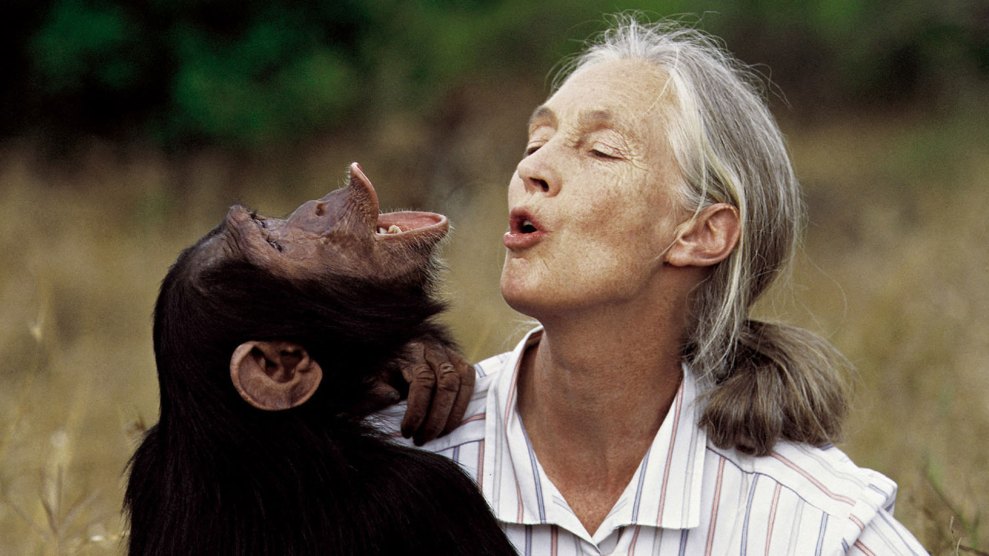 Lemming
Lemming
Reports of mass suicide are erroneous, but some species of these rodents are in danger of extinction from climate change and habitat loss. Many Arctic land species—from flowering plants to insects to birds—are now forced to cope with springtime arriving 30 days earlier than 10 years ago.
 Arctic Fox
Arctic Fox
A seminal study of Arctic fox dna upends the presumption that animals are able to chase after their range when it dwindles or moves. In fact, Arctic foxes in Europe failed to track northward with the ice melt at the end of the last ice age, dooming their genetics to oblivion. Siberian foxes likely moved east and now largely depend on lemmings for food.
 Polar Bear
Polar Bear
Among the most ice dependent of all marine mammals. A 23-year study recently found that Hudson Bay polar bears have declined—along with the ice—more than 20 percent in 20 years. Desperate for food, bears are drowning and turning to cannibalism. In 2006 the world’s foremost conservation scientists rated the bears as “vulnerable,” noting, “It seems unlikely that polar bears will be able to adapt to the current warming trend in the Arctic.”
 Walrus
Walrus
To rest, walruses need to haul out on ice, yet they found so little in 2007 they were forced ashore in record numbers—40,000 on Russia’s Arctic coast, where up to 4,000 died in stampedes. Experts worry that as walruses become more land based, they’ll strip coastal waters of food, dooming themselves to starvation.
 Ribbon Seal
Ribbon Seal
A species that needs sea ice because they almost never come ashore. Their future is of such concern due to global warming that in 2007 the Center for Biological Diversity requested federal protection under the Endangered Species Act.
 Narwhal
Narwhal
The most specialized of all Arctic whales and dolphins, narwhals are believed to fast most of the summer and feed all winter on halibut living beneath the ice. A recent assessment found narwhals more sensitive to climate change than polar bears.
 Hooded Seal
Hooded Seal
Completely dependent on sea ice for whelping, molting, and mating. A small worldwide population and limited range make this species as vulnerable as polar bears.
 Beluga Whale
Beluga Whale
Like narwhals, belugas are being infected by diseases such as brucellosis that are traveling north in warming waters.
 Musk Ox
Musk Ox
Four years ago, 20,000 starved in Canada, victims of a likely climate-change-related, late-autumn rainfall that froze the ground solid and prevented the herd from feeding all winter.













